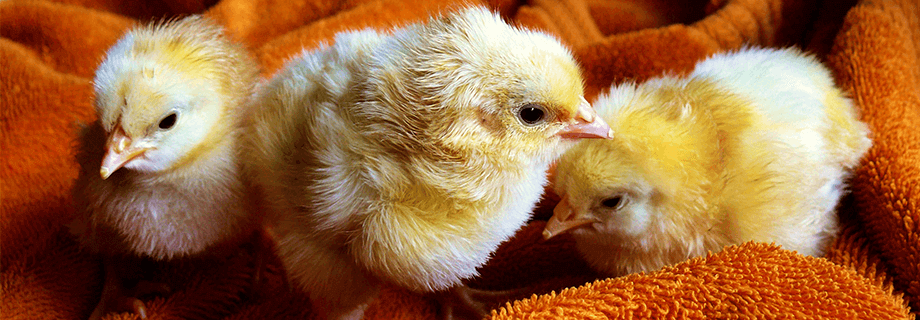Extruded Flaxseed for Omega-3 Fatty Acid Enriched Eggs and Meat

In previous articles, I have discussed omega-3 fatty acids – how to get more in your diet, and why that’s a good idea in terms of health. In particular, it is the long chain of omega-3 fatty acids – EPA and DHA (22:6 DHA) – that are believed to provide the greatest health benefits.
Long-chain omega-3 fatty acids can be formed from a shorter-chain of omega-3 fatty acid, α-linolenic acid (18:3 ALA), which is present in many plant oilseed crops. Flaxseed is an oil crop with especially high levels of linolenic acid – the seed contains about 40% oil, and about 55% of the oil is linolenic acid.
Therefore, one of the strategies to increase human consumption of EPA and DHA has been to feed livestock diets containing flaxseed, and allow the animals to convert linolenic acid to EPA and finally, at the end of pathway, DHA.
For example, research into feeding laying hens increasing levels of ground or whole flaxseed has shown that eggs with higher levels of linolenic acid and DHA can be produced. A summary of the results is shown below.
Going back to the omega-3 fatty acid conversion, you can see that as the hens were fed more flaxseed in their diets (and therefore consumed more linolenic acid), they were able to convert some of it to DHA in their eggs. It is also important to note that beyond an inclusion level of about 5% flaxseed in the diet, the conversion of linolenic acid to DHA in eggs was almost nonexistent. Similar results are shown for meat in this paper, although there may be more bioconversion of linolenic acid in meat with higher levels of flaxseed feeding.
This is all important to consider because flaxseed is expensive, and its use in livestock diets should be limited. As an example, and for comparison purposes, flaxseed can be priced over 7-times higher than soybeans (for flaxseed see here, for soybeans see here).
So, how can you get more linolenic acid out of your flaxseed when producing value-added, healthy, omega-3 fatty acid eggs and meat? We know from published research results with a mixture of flaxseed and field peas that extrusion will liberate more linolenic acid, and the type of extrusion is important.
Extrusion with a high shear extruder from Insta-Pro Intl resulted in the highest digestibility of linolenic acid in pigs – more than twin-screw extrusion, and much more than grinding. Increased digestibility means that more linolenic acid is available for conversion to EPA and DHA (for more information on digestibility, see here and here).
It’s important to note here that this was an extruded blend of flaxseed and field peas, and nearly all of the linolenic acid came from flax. Another approach was recently attempted in our R&D center, which was to isolate oil from flax using extrusion and mechanical oil pressing. This will be the subject of a future blog.





